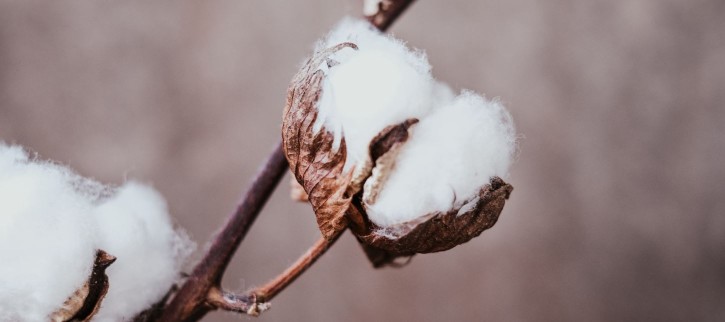This collection is a Thematic Series of Journal of Cotton Research.
Guest Editor
Dr. Muhammad Tehseen AZHAR, Department of Plant Breeding and Genetics, University of Agriculture Faisalabad, Pakistan
About the Thematic Series
Abiotic stresses are major environmental factors that affect plant growth and survival of crop plants, particularly, cotton. Those lead to loss of yield of seed cotton and poor quality of fibres. Improving plant abiotic stress resistance is critical for agricultural productivity. Keeping in view the role of abiotic stresses, Journal of Cotton Research is hosting a thematic series on cotton abiotic stress tolerance. The thematic series covers the following topics:
- Drought or flooding
- Saline-alkali or acidity
- Extreme temperature (heat and cold)
- Nutrient
- Toxic metals in soil
Submission deadline: Ongoing
Submission instructions: To ensure that you submit to the correct thematic series please select the thematic series title in the drop-down menu under the 'Additional Information' tab upon submission. In addition, indicate in your cover letter that you wish your manuscript to be considered as part of the thematic series on 'Abiotic Stress Tolerance'. All submissions will undergo rigorous peer review and accepted articles will be published within the journal as a collection.
